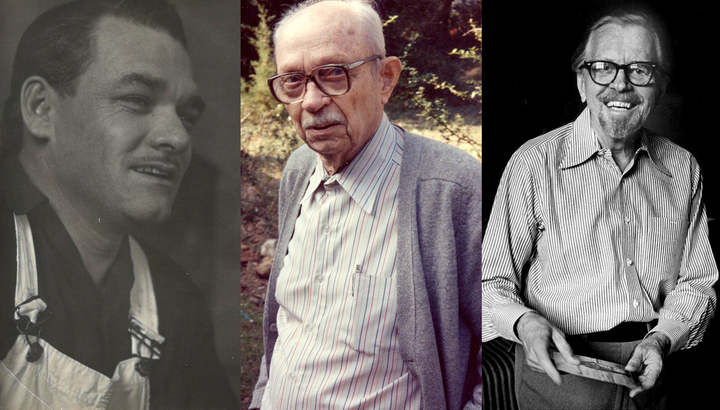The Carter Blog
Carter ARTicles
Whose past? Artists and curators engage with art and history
Mar 04, 2022
One of my favorite things to do as a curator is to invite an artist I admire to engage with the Carter’s collection. When I invited Stephanie Syjuco to create a site-specific exhibition here, I was familiar with with her deeply researched work that investigates the structures of histories, economies, and empires. I knew that Syjuco, whose practice spans photography, sculpture, digital media, and interactive installation, would be adaptable, using whatever approach she felt was the best fit for this project.
Syjuco had never been to the Carter before, and during the pandemic she had to familiarize herself with the Museum from a distance. In exploring our website and collection virtually, she was drawn to the founding Amon G. Carter Collection, which is largely made up of paintings and sculptures by Frederic Remington and Charles M. Russell about the American West. Syjuco recognized that the visual tropes of these artworks have become part of the country’s national identity, even though they exclusively represent the perspectives of White settlers. Yet many Americans have experiences not included in these perspectives—as Syjuco herself does, having been born in the Philippines, which was a U.S. colony for almost 50 years, and later going through the process to become an American citizen. In June 2021, she was able to visit the Museum and see in person how we present these objects and others in the 19th-century collection galleries.
The Outlaw
Slide Controls
Slides
Much of Syjuco’s work deals with collections and institutions: how history becomes canonized and by whom; what makes it into the record and what doesn’t; who tells and interprets the stories preserved there. Curators are constantly negotiating these considerations. Before the Carter curatorial team reinstalled the collection galleries in 2019, we had many hours of conversation about how to honor the history of the Museum while also telling stories that incorporate more voices and scholarship. Some of our solutions included revisiting the old gallery texts and developing new ones that investigate thorny questions of citizenship and nation-building. We also started a long-term initiative to rotate displays of photographs and works on paper in those galleries, allowing us to interject works that sometimes complement and other times complicate the story being told.
These discussions and initiatives are important, but museums often move slowly and deliberately, needing to balance many stakeholders and navigate bureaucracy. As an artist, Syjuco brings an entirely different approach: Her installation foregrounds these issues decisively, imaginatively, and publicly. I could write a label about the active hands of White men as a metaphor for their physical and legal authority in this country, but how much more effective to see a wall where a western landscape is literally covered with those hands! I could draw attention to the theatricality of the Museum’s presentation of artworks while giving a tour, but the point is made physical and memorable when visitors enter or exit Syjuco’s installation by passing through curtains.
Stephanie Syjuco: Double Vision moves museums’ work of preserving physical objects and assessing their historic context from behind the scenes to front and center. It amplifies and expands questions that people across the field are grappling with right now, providing a forum for all of us to think together about these beloved artworks and how we can most ethically care for them while also caring for the many communities and histories they leave out.






